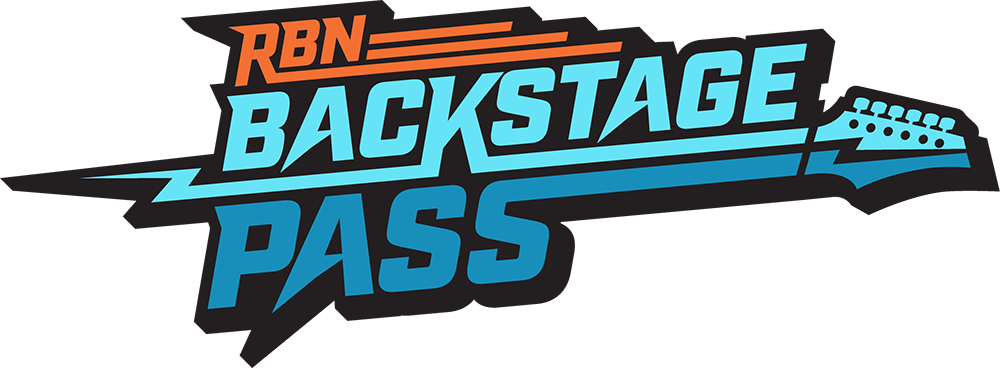The cost to charter U.S. Flag Jones Act tankers that are used to transport crude and refined products along U.S. coastal waters is still as high as $75,000/day for medium-range 330 MBbl vessels. That’s four times what it costs for an equivalent foreign flag tanker. Higher charter rates – caused by tight vessel supply in a regulated market – have attracted investment from Kinder Morgan and other midstream companies and the tanker fleet will expand by 40% in the next 3 years. Today we discuss the market potential.
The Jones Act (see The Sea and Mr. Jones) is a federal statute requiring that all goods transported by water between U.S. ports be carried in U.S. Flag ships, constructed in the United States, owned by U.S. citizens, and crewed by U.S. citizens and/or U.S. permanent residents. Because of the regulations, operating expenses are higher for Jones Act vessels (as much as 2.7 times non-flag alternatives according to a U.S. Maritime Administration (MORAD) study in 2011). We have provided considerable coverage of the role that Jones Act vessels have played in the U.S. crude oil distribution system over the past 4 years since shale production increased domestic output including our Rock The Boat series in the spring of 2014. Subscribers to RBN’s Backstage Pass service can download a copy of the comprehensive “Rock The Boat” Drill Down Report that accompanied that series and contained a detailed inventory of the larger vessels and their owners.
The Jones Act fleet used by the petroleum industry consists of three main categories of vessel. The first are smaller barges that typically carry either 10 MBbl or 30 MBbl of crude or refined products and operate on inland waterways as well as coastal canals – the fleet size is approximately 3,750 tank barges (source: Kirby Corp.). The second vessel type is the coastal barge - including larger articulated tug barges (ATB’s see The ATB Fleet). The fleet of coastal barges numbers 269 having capacity larger than 195 MBbl (source: Kirby Corp.). The third vessel class is self-propelled tankers that operate in both coastal and international waters and generally carry over 300 MBbl of crude oil or refined product. This latter Jones Act tanker category currently numbers 43 vessels of which 31 are medium-range “Handy” size meaning they carry about 330 MBbl and 11 are Aframax or Suezmax vessels that carry 800-1500 MBbl. The 11 larger vessels are currently dedicated to the Alaska trade– moving Alaska North Slope (ANS) crude oil from the Port of Valdez, AK down the West Coast to refineries in Washington State or California (see After the Oil Rush). The Handysize fleet is largely engaged on long term charters by oil companies to move crude or refined products between ports on the East or West Coast although a few are also used as “shuttle” tankers to ship production crude to port from Gulf of Mexico offshore wells. Our Down To The River blog series this summer (2015) provided an update on inland and intra coastal barge traffic. This blog is an update on the Jones Act tanker fleet.
The size of the Jones Act tanker fleet is limited for a couple of reasons (as we said - there are just 43 operating today). First the regulations require they be built in U.S. shipyards – of which there are only two currently operating that can build Jones Act tankers – Akers Philadelphia (soon to be renamed Philly Shipyard) and General Dynamics NASSCO shipyard in San Diego. Between them these two shipyards could produce at most 7 vessels per year and NASSCO builds navy vessels as well – reducing their Jones Act capacity. The second reason the Jones Act tanker fleet remains small is their high cost of operation compared to non-U.S. flagged vessels that effectively restricts their use to U.S. waters because they cannot compete with tankers registered in other jurisdictions (e.g. Panama) that can operate for a third of the cost or less. Yet despite their limited utility and expensive operating costs – demand for new vessels is currently high. Two new tankers are expected online by the end of 2015 with 15 scheduled for completion by the end of 2018 – expanding the fleet by 40% to 60 vessels. And a number of recent industry consolidations have occurred - reflecting strong interest in owning Jones Act tankers from U.S. midstream companies.

State of the Energy Markets, THIS WEDNESDAY!!
October 28, 2015
Hyatt Regencey Convention Center, Denver, Co
What is going on in today’s markets for natural gas, NGLs and crude oil, why it is happening, and what is likely to happen next?
In late December 2013, US midstream and pipeline giant Kinder Morgan announced they would spend nearly $1 billion to move into the Jones Act tanker business - buying American Petroleum Tankers (APT) and State Class Tankers from affiliates of private equity firms The Blackstone Group and Cerberus Capital Management (see Rock The Boat Part 2). That initial purchase included 5 existing tankers (one of which is on long-term charter to the Military Sealift Command – meaning it is not part of the Jones Act operating fleet) and 5 new build tankers the first of which will be delivered in Q4 2015 three more in 2016 and the last in Q3 2017. Since that initial purchase Kinder has been on a Jones Act shopping spree – acquiring 2 more tankers from Crowley Maritime Corp in November 2014 for $270 Million and four new tankers through the purchase of Philly Tankers for $568 Million in August 2015. That gives Kinder 7 existing tankers plus 9 on order for a total of 16 vessels or 25% of the fleet by 2018. Another midstream energy company Genesis Energy purchased the 2-year old American Phoenix from Mid Ocean Tanker Company in October 2014 and in September 2015 Marathon Petroleum Company (MPC) purchased a stake in 4 new build Jones Act tankers from Aker Shipyard. The attraction of investing in Jones Act vessels is that the limited fleet size more or less guarantees that they can be chartered out for multi-year terms (known as time charters – see Stayin’ Afloat) at rates that are currently estimated at $70,000 to $75,000/day (source: American Shipping Company September 2015). Those rates compare very favorably with an equivalent size non-U.S. flagged vessel that would only charter for $17,500/day (source Kinder Morgan). Even though the operating costs of Jones Act tankers are higher (approximately $25,000/day) the returns are considerably better. But although current rates are favorable the 40% expansion of the Jones Act tanker fleet in the next 3 years could be another example of the infrastructure overbuild that we have noted with some frequency across the midstream sector this year.
Join Backstage Pass to Read Full Article









